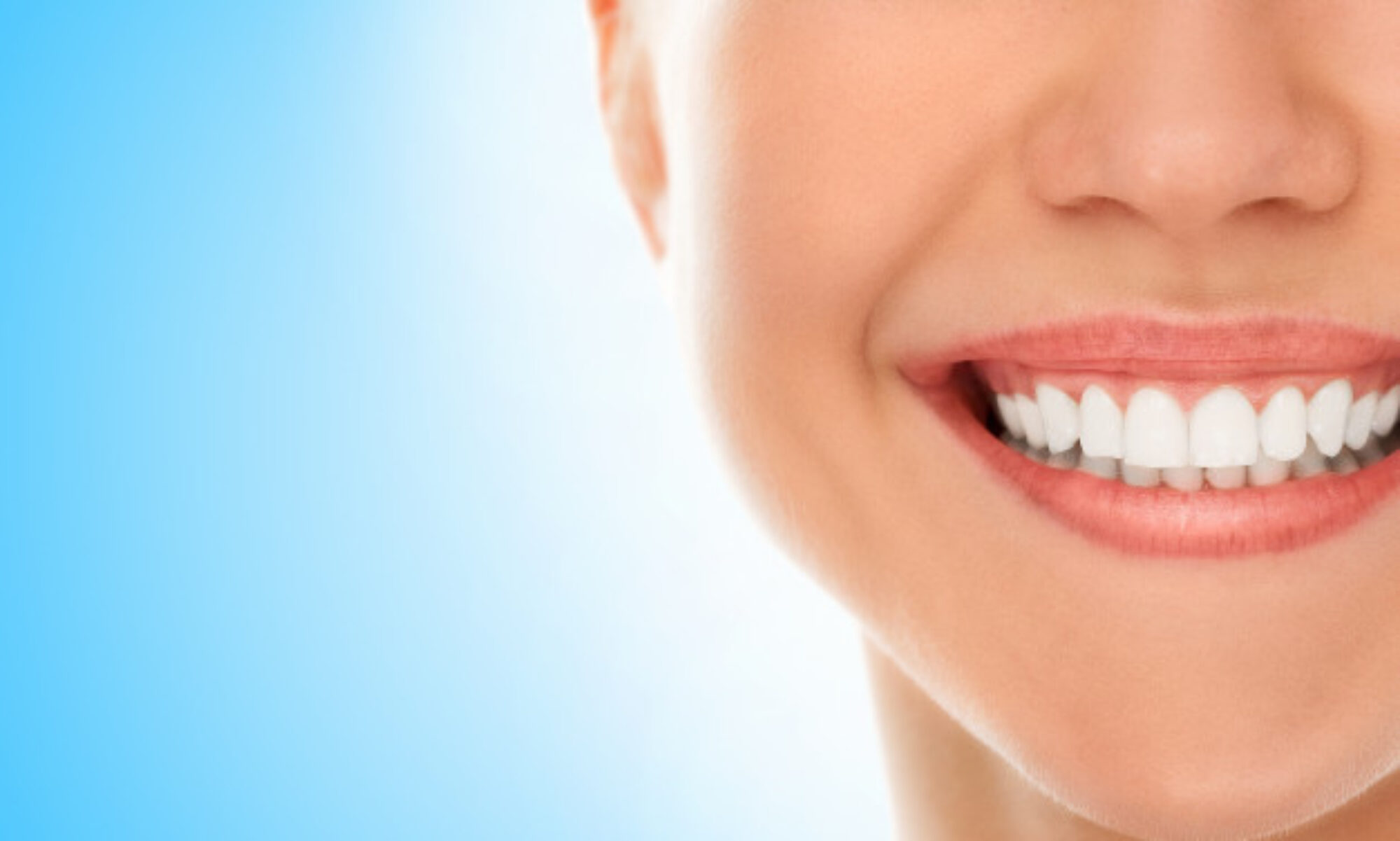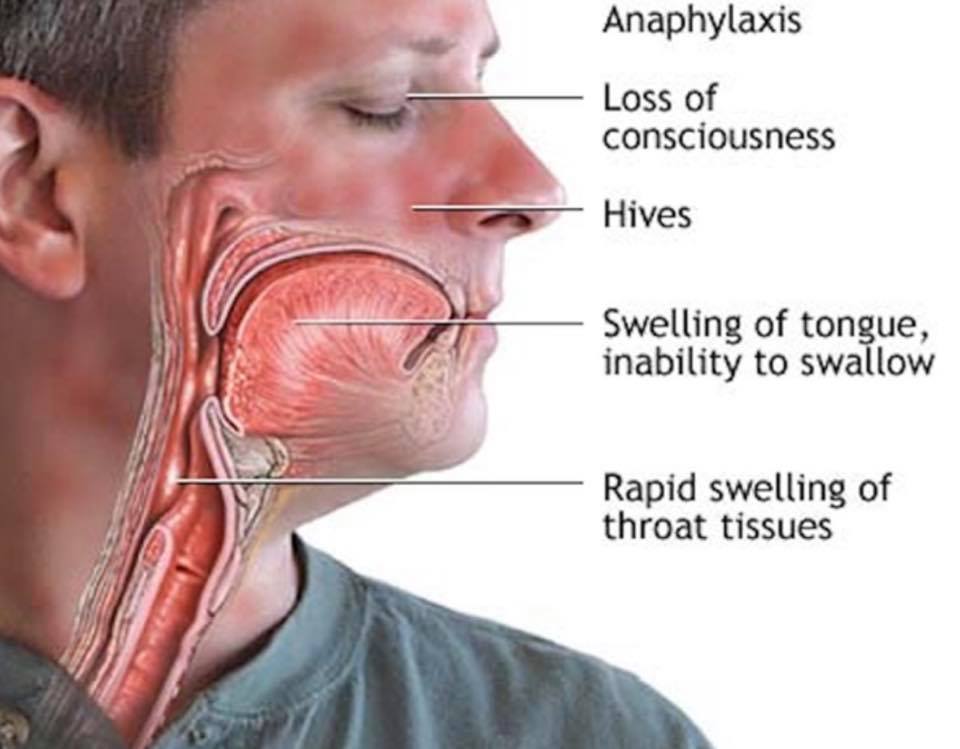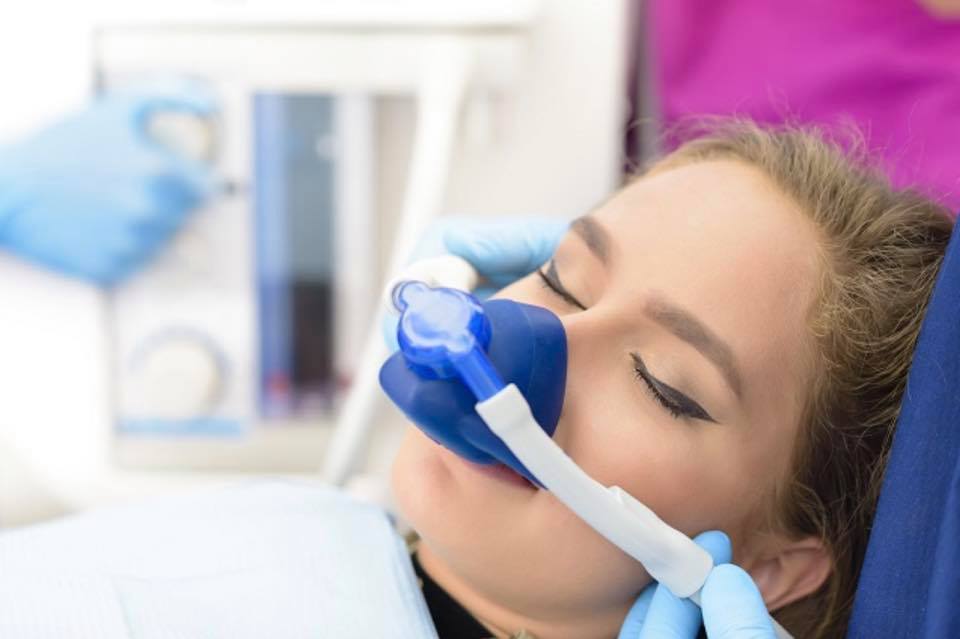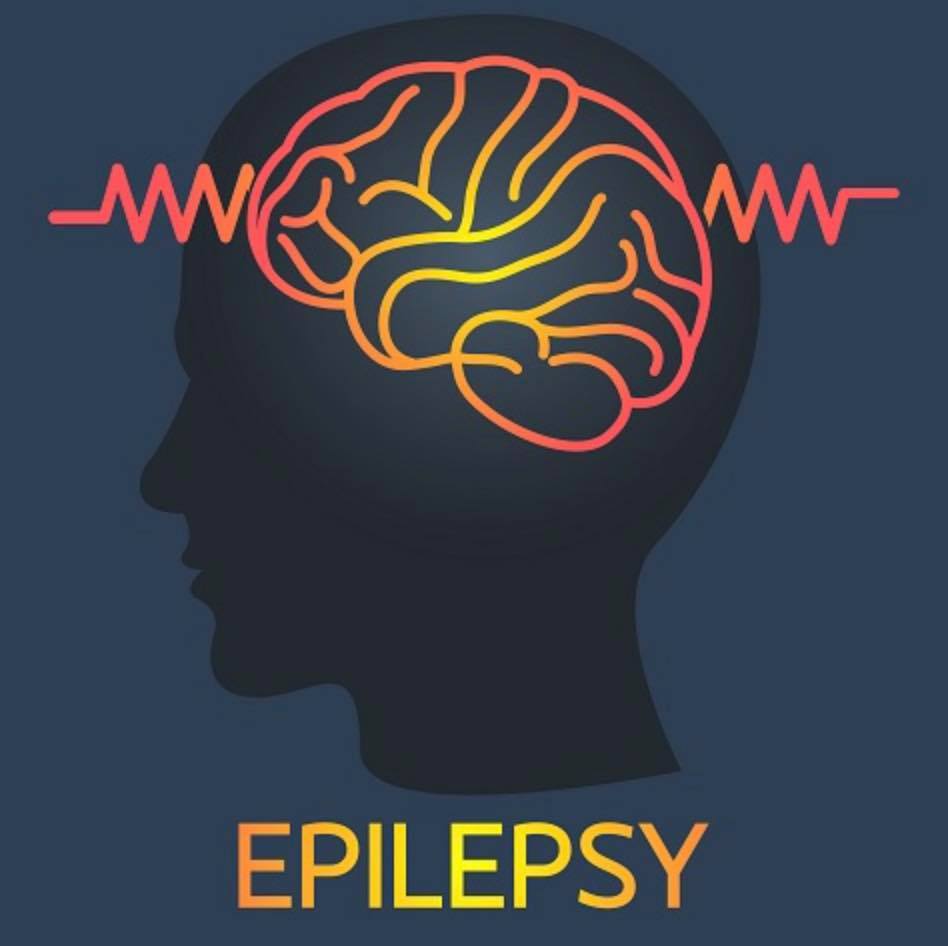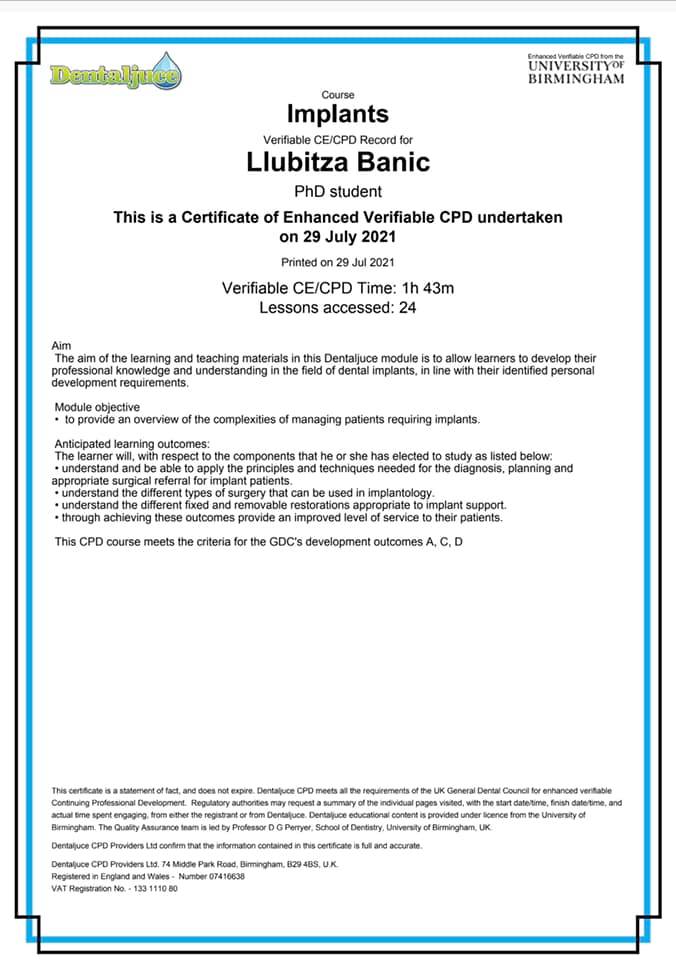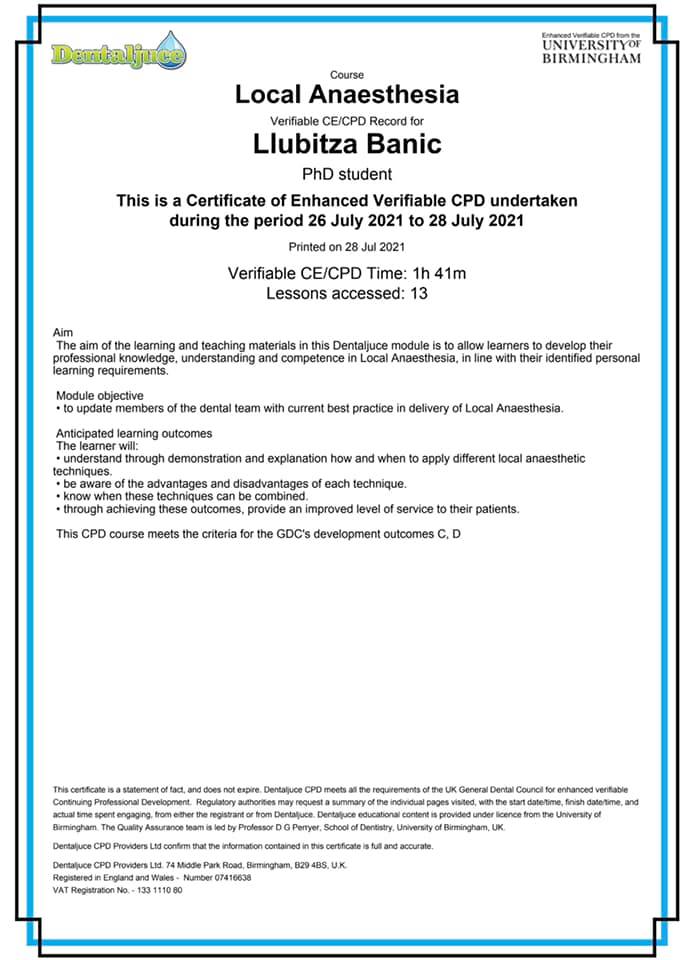
Seizures may also damage the temporomandibular joints or cause an individual to aspirate a tooth into the lungs. Unfortunately, the drugs used to control this disorder can also produce side effects in the mouth. One side effect often associated with AEDs is gingival hyperplasia, an overgrowth of gum tissue.
Dr. Banić
